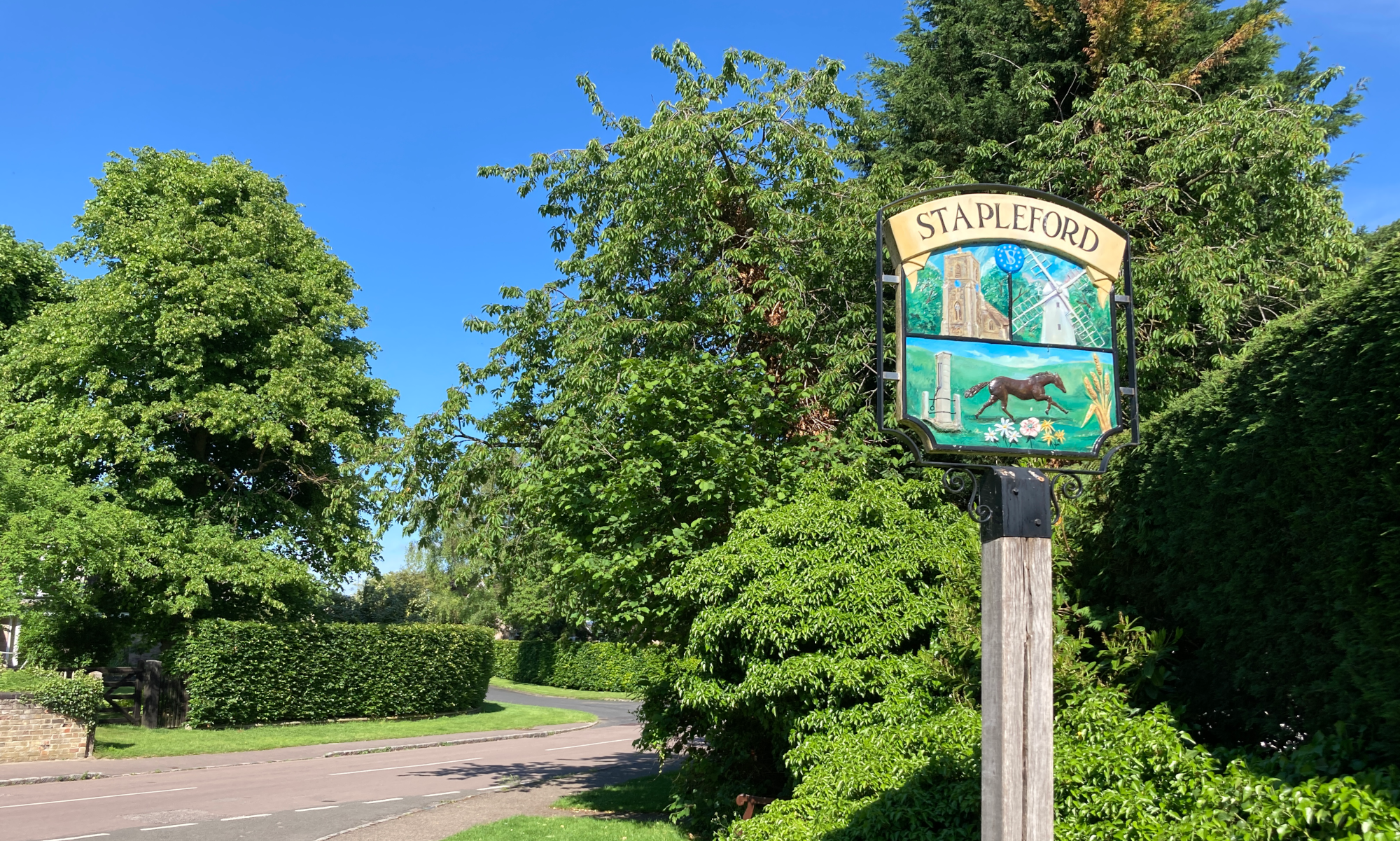Stapleford History Society 10th December 2019
A talk by Dr Steve Sherlock.
Dr Sherlock is the Archaeology Lead for Highways England as it redevelops the A14 and A148 in Cambridgeshire. Archaeologists are essential in discovering elements of our history and clearing a site before any engineering work can take place to construct a new road. In this instance, work started on the A14 two and a half years ago and will progress onto the A148 shortly.
There will now be about two years’ worth of analysis of the A14 finds involving cutting-edge research, publication of articles and books and, eventually, the donation of the artefacts to Cambridgeshire County Council for an exhibition. Up to 250 people have worked in all conditions on a site of 268 hectares and found relics of woolly mammoths, Iron Age settlements together with bones and artefacts relating to the Roman period.
The site itself lies on the Roman route from Colchester in the south east, through Cambridge and on to Chester in the north west : the Via Devana. Drones were used together with infra-red photography and geophysical analysis to help divide areas into TEAs i.e. Target Excavation Areas. The TEAs often produced unusual artefacts. Although vast quantities of pottery sherds were found overall, some discoveries were very special.
The skeletons of two Romans – minus the bones below the knees – were found in one area. These skeletons were dated to between 250-400 AD and generated national TV interest. A coin found in a ditch on the site of the remains of a simple enclosed farmhouse near Girton showed the head of a little-known emperor called Laelusius who ruled in the north for only two months in 269 AD.
Remains of a pottery kiln, corn grinding querns, adult and infant burial sites were found in the Bar Hill/Longstanton area. Near Offord Cluny, next to the East Coast main line, an aisled, high status building was found. It had the remnant of an Elm post, unique in any Roman building in Britain. Evidence that beer was brewed on the site from the Iron Age onwards was found after sieving everything and finding cereal seeds like those used for the same purpose in ancient Egypt.
Dr Sherlock spoke of his desire to compare finds on the A14 site with those at Northstowe in order to understand the wider Roman landscape in the area. A jet pendant of Medusa found next to the A14 yet originating in Whitby in North Yorkshire and antler veneers originating in South Shields in County Durham (which is very near the end of Hadrian’s Wall) and used in the making of high-end furniture both demonstrate the complexity and sophistication of the Roman culture in this area.
[report by Jane Steadman]

